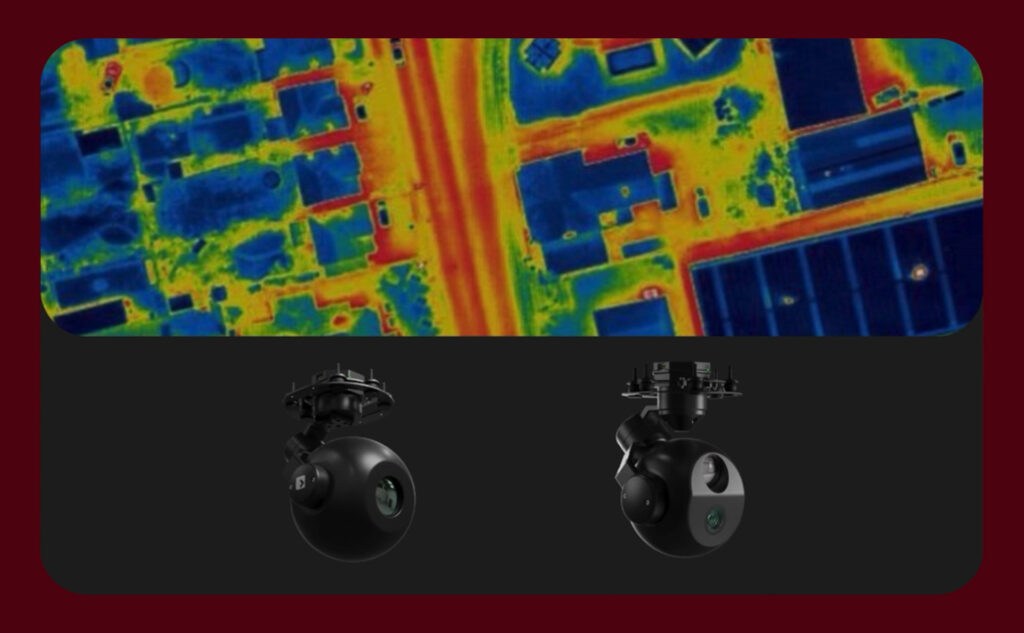When choosing a thermal camera for your drone, resolution is critical. Let’s break down why 640×480 sensors outperform 320×240 in aerial operations and when it’s worth the investment.
1. What Does Resolution Mean in Thermal Imaging?
Thermal resolution refers to the number of pixels (detectors) on the sensor.
- 640×480 = 307,200 pixels
- 320×240 = 76,800 pixels
Higher resolution = more data points, creating sharper, more detailed thermal images.
2. Why 640×480 Shines in DRI
Smaller Details, Clearer Results:
A 640×480 resolution camera enables longer range for detection, recognition and identification. This is achieved because of a higher pixel density while a 320×240 might miss things at a lesser zoom level.
With a 640×480 sensor you get:
Better Spatial Resolution (GSD)
Ground Sampling Distance (GSD):
- The real-world size of one pixel.
- At 100m altitude, a 640×480 camera may have a GSD of 5cm/pixel, vs. 10cm/pixel for 320×240.
Result: You can fly higher, cover more area faster, and still see tiny defects.
3. When Might 320×240 Suffice?
- Budget constraints: Lower resolution = lower cost.
- Large-area surveys where only broad temperature trends matter.
- Short-range inspections (e.g., indoor roof checks).
3. The Gimbal Advantage
Pairing a 640×480 thermal camera with a stabilized gimbal ensures:
- Crystal-clear images even in windy conditions.
- Smoother video for real-time monitoring.
- Precise alignment with RGB cameras for fused datasets.


